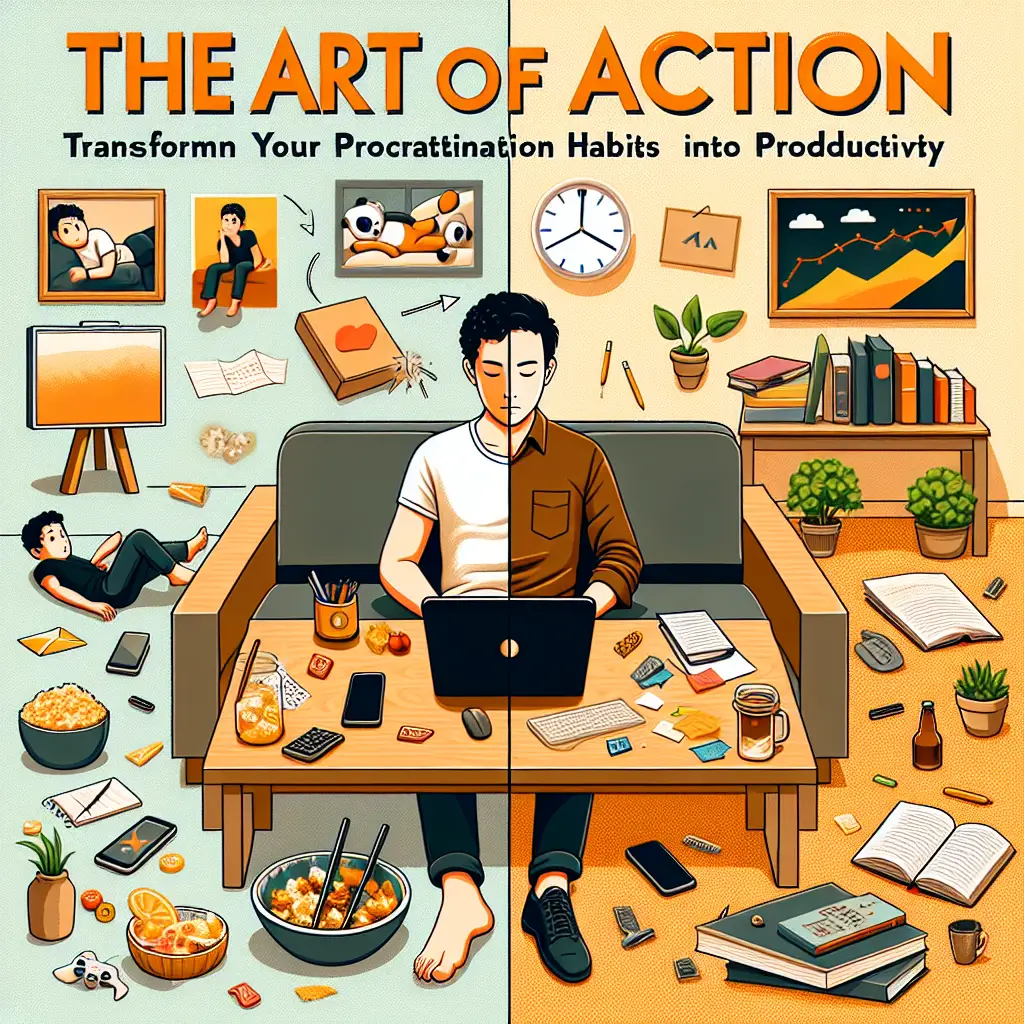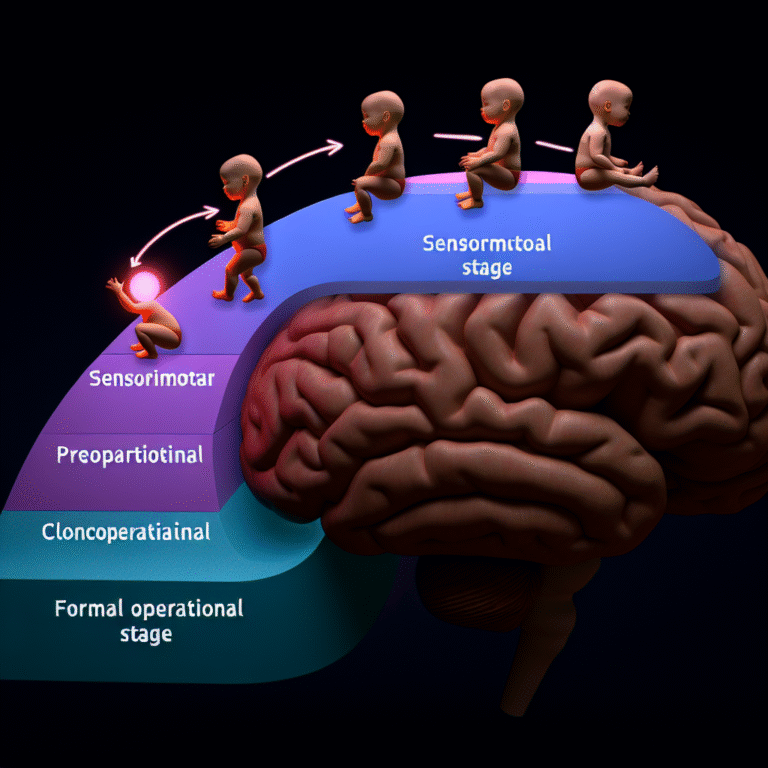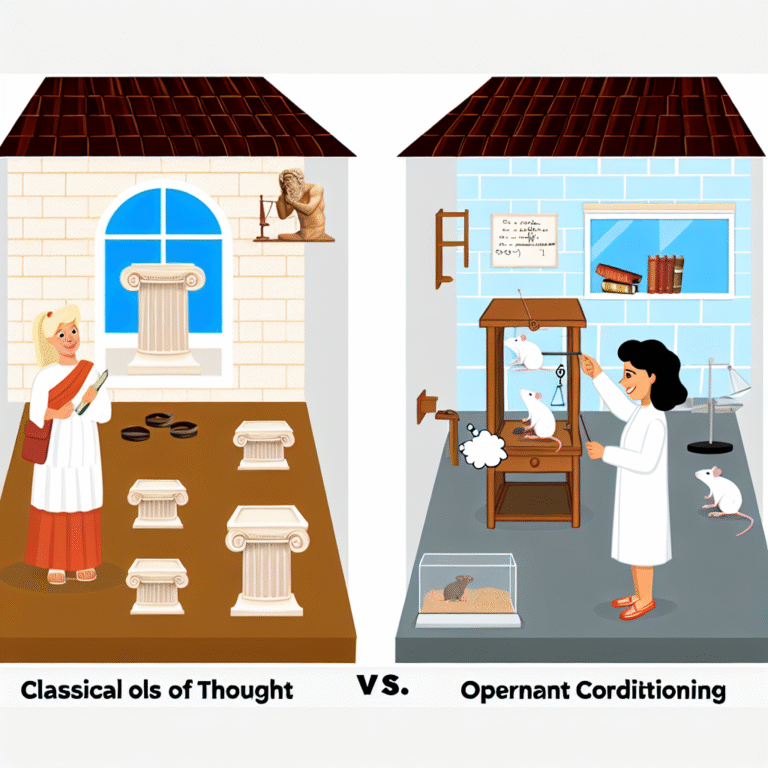
The Ultimate Guide to The Art of Action: Transform Your Procrastination Habits into Productivity
Introduction
Procrastination is often viewed as the enemy of productivity. It’s a universal struggle, one that has kept countless talented, ambitious individuals from realizing their full potential. If you’ve found yourself putting off tasks until the last minute, drowning in a sea of "I’ll do it later," you’re not alone. The truth is, mastering the Art of Action: Transform Your Procrastination Habits into Productivity is not just a dream—it’s entirely possible.
In this comprehensive guide, we’ll explore the intricacies of procrastination, uncover the reasons behind it, and equip you with actionable strategies to overcome it. By understanding the psychology of procrastination and implementing proven techniques, you can shift your mindset and transform your habits. Let’s delve into the nuances of this journey as we break down effective methods, real-life case studies, and practical tools to boost your productivity.
Understanding Procrastination: The Five Whys
Before we can fully embrace the Art of Action: Transform Your Procrastination Habits into Productivity, we need to understand why we procrastinate in the first place. Here are five common reasons derived from psychological research:
- Fear of Failure: Many procrastinate because they fear their efforts won’t meet their own or others’ expectations.
- Perfectionism: The desire for a flawless outcome can be paralyzing, leading to avoidance of tasks altogether.
- Lack of Motivation: Sometimes, the task at hand simply lacks the allure to inspire prompt action.
- Overwhelm: A task may seem insurmountable, leading to avoidance rather than tackling it bit by bit.
- Poor Time Management: A lack of clear plans and deadlines can result in a last-minute rush or a complete stall.
Understanding these reasons is essential. When you know why you tend to procrastinate, you can better address those specific triggers and start implementing change.
The Psychology of Action: From Thought to Execution
Mindset Matters
A significant component of productivity is mindset. According to Carol Dweck’s research on growth vs. fixed mindsets, the belief that you can improve your skills influences your success. By adopting a growth mindset, you can motivate yourself to take actionable steps, which is crucial for mastering the Art of Action: Transform Your Procrastination Habits into Productivity.
The ‘Two-Minute Rule’
One effective strategy that has gained traction in recent years is the Two-Minute Rule, proposed by productivity expert David Allen. The premise is simple: if a task will take two minutes or less to complete, do it immediately. This approach minimizes the mental friction associated with initiating tasks. Here’s how it works:
- If it’s a quick email, send it now.
- If it’s a dish to wash, wash it right away.
Adopting this technique can free up mental space, making larger tasks seem more manageable and reducing the opportunity for procrastination.
Case Study: The University Student Who Overcame Procrastination
Background: Sarah, a sophomore at a major university, struggled with completing assignments on time, often cramming at the last minute.
Implementation of Strategies
- Time Blocking: Sarah created a structured schedule that allowed her to dedicate specific hours to studying each subject.
- Accountability Partner: She partnered with a classmate to check in weekly on her progress.
- Reward System: For every task completed, she treated herself to an episode of her favorite show.
Results
Within a semester, Sarah reported that she completed assignments ahead of deadlines. She felt less stressed and enjoyed her courses more. Her grades improved as a direct result of her commitment to the Art of Action: Transform Your Procrastination Habits into Productivity.
Creating Your Action Plan
Step 1: Define Clear Goals
Whether personal or professional, clear goals provide direction. Use the SMART criteria—Specific, Measurable, Achievable, Relevant, and Time-bound—to establish effective objectives.
Example:
- Specific: Instead of saying “I’ll work on my project,” specify “I’ll complete the first draft of my report by Friday."
- Measurable: Define how you will measure your progress.
- Achievable: Ensure your goals are realistic.
- Relevant: Align them with your broader life ambitions.
- Time-bound: Set a deadline to instill urgency.
Step 2: Break Tasks into Smaller Steps
Breaking larger tasks into bite-sized portions makes them less intimidating. For instance, if you are writing a book, tackle it one chapter or one paragraph at a time.
Step 3: Eliminate Distractions
Identify your primary distractions and create strategies to counter them. This might include:
- Turning off notifications on your phone.
- Using website blockers during designated work hours.
- Setting up a dedicated workspace free of clutter.
Step 4: Foster a Supportive Environment
Engage family, friends, or colleagues in your productivity journey. Share your goals and ask for their support in keeping you accountable.
Step 5: Reflect and Adjust
Routine reflection is crucial. Regularly assess what strategies are working and which need refinement. Productivity is an evolving process, and flexibility is essential in maintaining momentum.
Tools to Enhance Productivity
In the modern era, numerous tools and apps can aid in the process of transforming procrastination into productivity:
1. Trello
A project management tool that helps visualize tasks and deadlines, making it easier to stay organized.
2. Pomodoro Technique Apps
These apps use the technique of timed working intervals (typically 25 minutes) followed by short breaks, helping maintain focus.
3. Habit Tracking Apps
Apps like Habitica can gamify your productivity goals, encouraging you to build consistent habits.
| Tool | Description | Benefits |
|---|---|---|
| Trello | Visual task manager | Organization, clarity |
| Pomodoro Timer | Time management tool | Focus, reduced burnout |
| Habit Tracking App | Gamifies habit formation | Motivation, accountability |
Conclusion
Navigating the complexities of procrastination is not merely about willpower; it’s a journey that requires awareness, understanding, and practical strategies. The Art of Action: Transform Your Procrastination Habits into Productivity involves structured planning, reshaping your mindset, and consistently implementing small changes leading to remarkable outcomes.
By taking actionable steps and embracing the techniques shared in this guide, you will not just manage your procrastination; you will conquer it. Remember, progress is the goal, and every small step contributes to a more productive you.
FAQs
1. What is procrastination, and why do we do it?
Procrastination is the act of delaying or postponing tasks. It can stem from various factors such as fear of failure, perfectionism, lack of motivation, feeling overwhelmed, or poor time management.
2. How can I effectively start a task I keep avoiding?
Use the Two-Minute Rule and try breaking the task into smaller, manageable parts. Setting a timer and focusing on working for just a few minutes can help initiate action.
3. What are some common myths about procrastination?
Common myths include the belief that procrastination is simply laziness, that a last-minute rush is more effective, and that some people are "just born procrastinators." In reality, procrastination has complex psychological and emotional roots.
4. Is procrastination always bad?
While procrastination is often viewed negatively, it can sometimes lead to creative breakthroughs or moments of clarity. However, persistent procrastination typically hinders progress and productivity.
5. How do I stay motivated when tasks seem overwhelming?
Focus on small victories by breaking tasks into parts, track your progress, and celebrate small achievements. Also, remember to maintain a supportive environment and, when necessary, seek help from accountability partners.
In closing, remember that the Art of Action: Transform Your Procrastination Habits into Productivity isn’t just about eliminating procrastination—it’s about creating a lifestyle that prioritizes action, clarity, and results. Take the first step today!
















